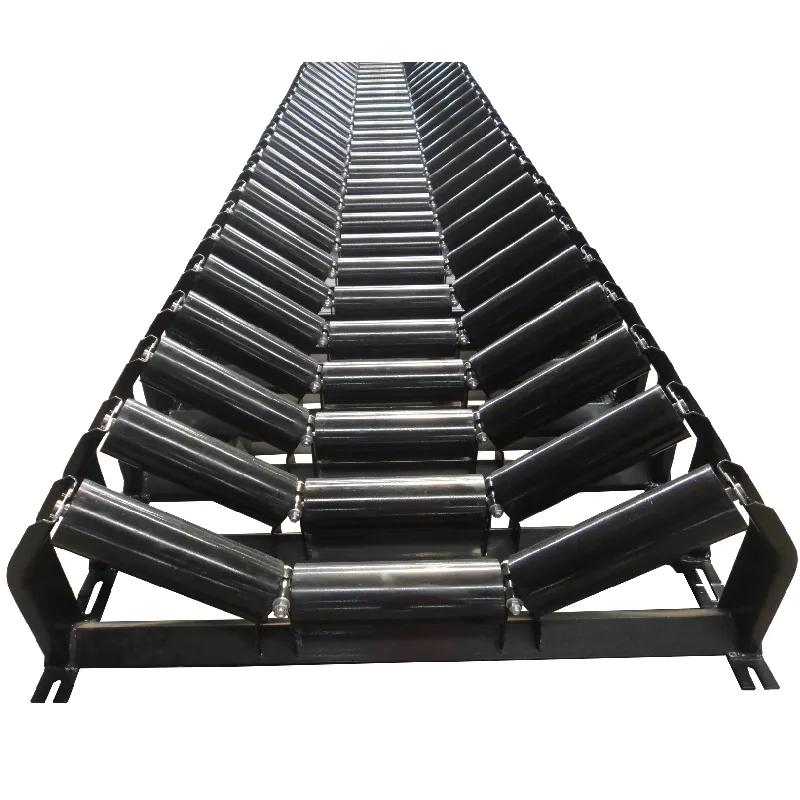 Afrikaans
Afrikaans  Albanian
Albanian  Amharic
Amharic  Arabic
Arabic  Armenian
Armenian  Azerbaijani
Azerbaijani  Basque
Basque  Belarusian
Belarusian  Bengali
Bengali  Bosnian
Bosnian  Bulgarian
Bulgarian  Catalan
Catalan  Cebuano
Cebuano  Corsican
Corsican  Croatian
Croatian  Czech
Czech  Danish
Danish  Dutch
Dutch  English
English  Esperanto
Esperanto  Estonian
Estonian  Finnish
Finnish  French
French  Frisian
Frisian  Galician
Galician  Georgian
Georgian  German
German  Greek
Greek  Gujarati
Gujarati  Haitian Creole
Haitian Creole  hausa
hausa  hawaiian
hawaiian  Hebrew
Hebrew  Hindi
Hindi  Miao
Miao  Hungarian
Hungarian  Icelandic
Icelandic  igbo
igbo  Indonesian
Indonesian  irish
irish  Italian
Italian  Japanese
Japanese  Javanese
Javanese  Kannada
Kannada  kazakh
kazakh  Khmer
Khmer  Rwandese
Rwandese  Korean
Korean  Kurdish
Kurdish  Kyrgyz
Kyrgyz  Lao
Lao  Latin
Latin  Latvian
Latvian  Lithuanian
Lithuanian  Luxembourgish
Luxembourgish  Macedonian
Macedonian  Malgashi
Malgashi  Malay
Malay  Malayalam
Malayalam  Maltese
Maltese  Maori
Maori  Marathi
Marathi  Mongolian
Mongolian  Myanmar
Myanmar  Nepali
Nepali  Norwegian
Norwegian  Norwegian
Norwegian  Occitan
Occitan  Pashto
Pashto  Persian
Persian  Polish
Polish  Portuguese
Portuguese  Punjabi
Punjabi  Romanian
Romanian  Russian
Russian  Samoan
Samoan  Scottish Gaelic
Scottish Gaelic  Serbian
Serbian  Sesotho
Sesotho  Shona
Shona  Sindhi
Sindhi  Sinhala
Sinhala  Slovak
Slovak  Slovenian
Slovenian  Somali
Somali  Spanish
Spanish  Sundanese
Sundanese  Swahili
Swahili  Swedish
Swedish  Tagalog
Tagalog  Tajik
Tajik  Tamil
Tamil  Tatar
Tatar  Telugu
Telugu  Thai
Thai  Turkish
Turkish  Turkmen
Turkmen  Ukrainian
Ukrainian  Urdu
Urdu  Uighur
Uighur  Uzbek
Uzbek  Vietnamese
Vietnamese  Welsh
Welsh  Bantu
Bantu  Yiddish
Yiddish  Yoruba
Yoruba  Zulu
Zulu Rubber Solutions for Enhancing Pulley Lagging Efficiency and Performance in Industrial Applications
The Importance of Pulley Lagging Rubber in Industrial Applications
Pulley systems are integral to various industrial applications, facilitating the movement of heavy loads and enhancing the efficiency of machinery. One of the often-overlooked components of these systems is the lagging rubber used on pulleys. This specialized rubber plays a crucial role in improving performance, safety, and longevity of pulleys, making it a vital consideration in industrial engineering and maintenance.
What is Pulley Lagging Rubber?
Pulley lagging rubber is a protective covering applied to the surface of pulleys, typically made from rubber or similar materials. Its primary function is to enhance the friction between the pulley and the belt or rope that it drives. By increasing this coefficient of friction, lagging helps to prevent slippage, ensuring that the belt maintains proper alignment and tension. This is especially important in conveyors and hoisting applications, where consistent performance is critical.
Benefits of Using Pulley Lagging Rubber
1. Improved Traction One of the primary advantages of lagging is increased traction. The rubber surface provides better grip on the belt, which can lead to improved load handling capacity. This is essential in applications where heavy loads are transported, as it ensures that the belt transfers power effectively without slipping.
2. Wear Resistance Industrial environments can be harsh, leading to significant wear and tear on pulleys. Lagging rubber is designed to withstand heavy abrasion, extending the life of both the pulley and belt. By preventing wear on the pulley itself, lagging reduces maintenance costs and downtime.
pulley lagging rubber

3. Vibration Dampening Rubber has natural vibrational damping properties. When applied to pulleys, lagging helps to absorb vibrations generated during operation. This not only improves the overall comfort and safety of the machinery but also protects sensitive components from potential damage caused by excess vibration.
4. Corrosion Resistance In industries such as mining or chemical processing, pulleys are often exposed to corrosive materials. Lagging rubber can provide a barrier against such harsh substances, protecting the underlying metal and extending the life of the pulley system.
5. Noise Reduction Another significant advantage of pulley lagging rubber is noise reduction. The material can help to minimize noise generated by the friction between the belt and the pulley, resulting in a quieter operational environment. This is particularly beneficial in settings where noise control is essential due to regulations or worker comfort.
Applications of Pulley Lagging Rubber
Pulley lagging rubber is used across various industries, including mining, manufacturing, and logistics. In mining operations, it is crucial for conveyors that transport minerals, where wear and resistance to abrasive materials are paramount. Similarly, in manufacturing and logistics, where continuous movement of goods is necessary, lagging helps maintain efficiency and reduces downtime due to slippage or equipment failure.
Conclusion
In conclusion, pulley lagging rubber is a critical component that enhances the functionality and durability of pulley systems in industrial applications. By improving traction, wear resistance, vibration dampening, corrosion resistance, and noise reduction, lagging rubber contributes significantly to the overall efficiency and safety of machinery. As industries continue to evolve, the role of such components will only become more pronounced, highlighting the need for careful consideration and selection of pulley lagging materials in engineering and maintenance practices. Investing in high-quality lagging rubber can yield significant returns in operational efficiency and equipment longevity, making it a worthwhile consideration for any industrial operation.
-
Revolutionizing Conveyor Reliability with Advanced Rubber Lagging PulleysNewsJul.22,2025
-
Powering Precision and Durability with Expert Manufacturers of Conveyor ComponentsNewsJul.22,2025
-
Optimizing Conveyor Systems with Advanced Conveyor AccessoriesNewsJul.22,2025
-
Maximize Conveyor Efficiency with Quality Conveyor Idler PulleysNewsJul.22,2025
-
Future-Proof Your Conveyor System with High-Performance Polyurethane RollerNewsJul.22,2025
-
Driving Efficiency Forward with Quality Idlers and RollersNewsJul.22,2025





























